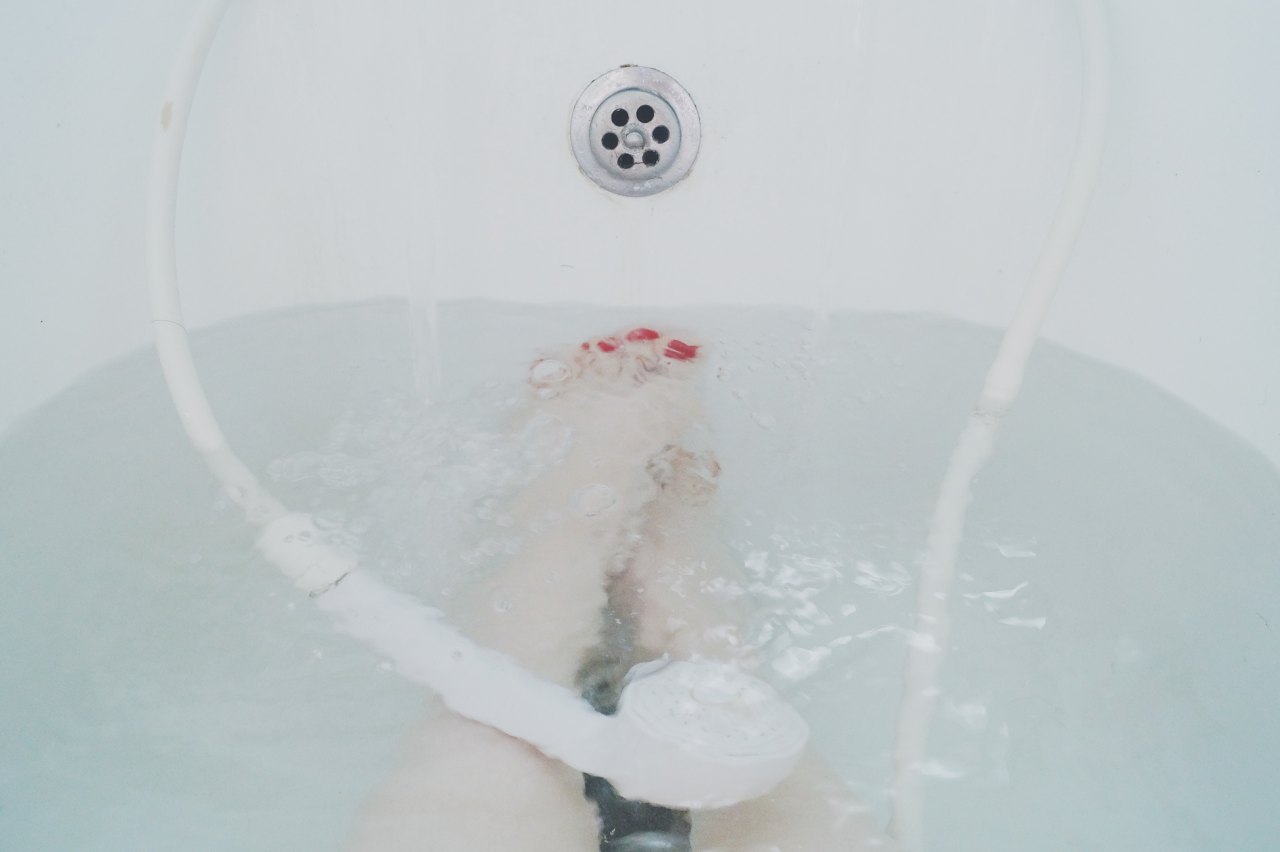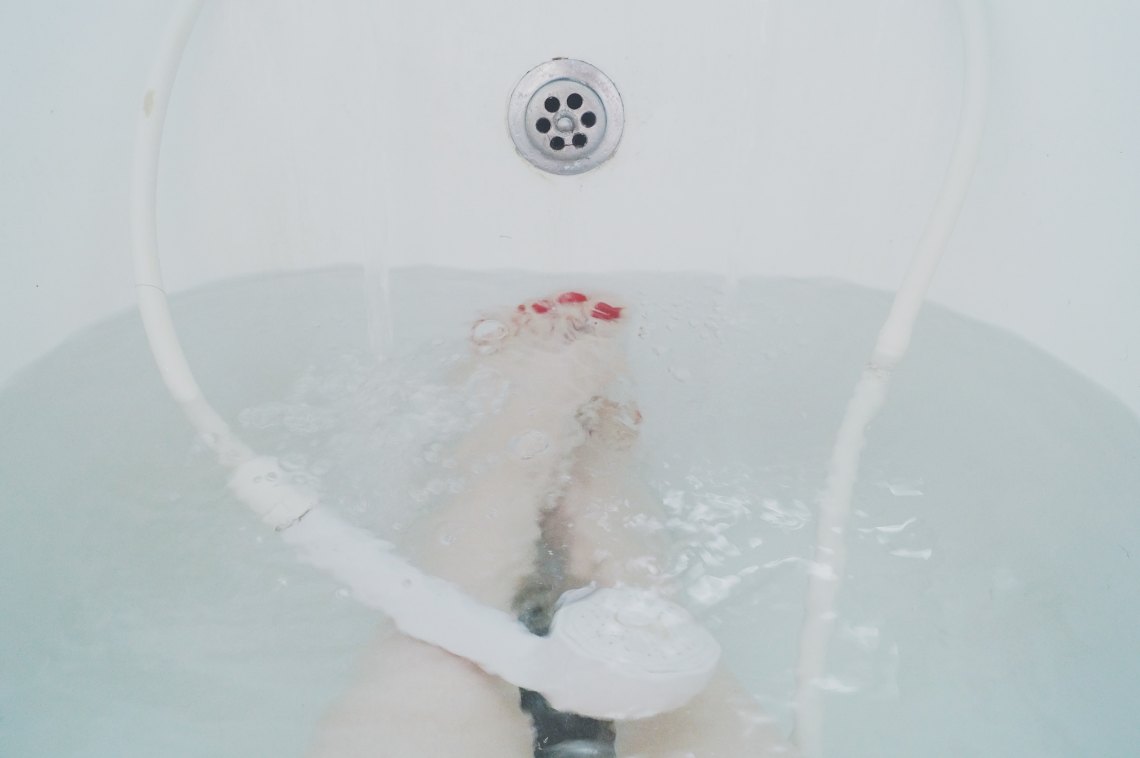A Sex Expert Explains Why Women Aren’t Having Orgasms And What You Can Do About It
Pleasure adds incredible depth and texture to a woman’s life. So why are so many women living with a pleasure deficit?


Up to 75% of women have trouble reaching orgasm during sex and up to 15% of women simply don’t orgasm.
I constantly hear from women who are unable to orgasm. They’re unsatisfied. They’re confused. They feel ashamed.
“Maybe I’m just more on the asexual side?”
“That time in my life has come and gone. I’m (45…55…65) years old!”
“I’m just too wrapped up in my (insert: career, kids, projects, health here).”
“Sex? After (20…30…40) years with my partner, the passion is long gone.”
“Could this be it?”
Many of these women have a sense that there has to be something more to sex because what they’re experiencing can’t possibly be the end of the road.
This intuition is spot on.
Pleasure is biologically built into a woman’s structure. The erectile tissue of the clitoris, the intricate wiring of the pelvic nerve and the hormones released during sex all indicate that pleasure is indeed part and parcel of the female form.
Pleasure adds incredible depth and texture to a woman’s life.
So why are so many women living with a pleasure deficit?
Women tend to assume that pleasure is either a kind of luxury or a kind of inconvenience. Even as the idea of ‘self-care’ gains popularity, many women remain uncomfortable with the idea of taking care of their sexual needs.
This makes sense.
Sex is one area where there is a big discrepancy between the ideal (the kind of sex we want to be having or think we should be having) and reality (the kind of sex we actually are having).
In theory, sex and pleasure are enjoyable but in practice, sex and pleasure are extremely activating, meaning that they are emotional landmines: full of things that trigger deep pain.
And if something is painful, the general tendency is to avoid the trigger altogether.
I believe this is why so many women flat out ignore their basic needs for sexual connection. It’s an attempt to avoid conscious and unconscious triggers. Paradoxically, sex and pleasure stir up a lot of uncomfortable stuff. It takes incredible patience, practice and oftentimes professional help to sift through all that’s brought up. Even the average woman who hasn’t experienced ‘severe’ trauma holds significant information/emotion in her sexual anatomy that requires attention.
Addressing the female pleasure deficit is part of a huge conversation that needs to pick up momentum. Women are going to lead themselves to orgasm not by finding the perfect vibrator but by opening up a dialogue around sexual health (and what that actually means) and sexual healing (and how to move in that direction).
This issue is complex and there’s a lot of untangling to be done but for all of the women who are struggling, here are two things you can to do to reorient yourself in the direction of pleasure and orgasm:
1. You need to become the authority on what feels good for you.
No one can tell you what feels good.
Others may have more knowledge or information than you do, but parsing out what feels good in your body is something only you can do. Feeling and pleasure are 100% subjective and thusly, an entirely personal matter.
No one can tell you what your body feels, how it should feel or what kind of arousal your nervous system can handle in any given moment.
You must become the expert.
No matter the advice you get from your sex guru, your girlfriends, your partner, or cosmopolitan magazine, it all boils down to what is working for you moment -to- moment within the contours of your own body.
You have to become the ultimate authority on how you experience pleasure.
This means you have to drop the belief that someone else knows what’s good for you (including your partner) and accept full responsibility over knowing what feels good and what you need.
Some women are disassociated from the body (meaning they are so much in the mental realm that literally can’t feel the body) and have no idea what feels good. If this is the case for you, it’s important to ask why there’s a disassociation or disconnection in the first place.
A lot of my 1-on-1 work with clients is guiding them to a feeling of safety within their own body and creating a space where sensations and feelings are welcomed and uncensored. This is the starting point wherein pleasure can begin authentically arise.
Once you identify what pleasurable for you, you can become more skilled at self-pleasure and eventually learn how to communicate your pleasure needs to your partner.
2. More stimulation does not equal more pleasure.
Pornography is how most of us learn about sex and it’s also hilariously ignorant of what actually feels good for women.
While some women find pounding, thrusting, and intense stimulation hot and sexy, it’s important to note that a women’s sexual biology (and pleasure capacity) is intricately connected to her nervous system.
It’s not always faster and harder stimulation that leads to orgasm.
Biologically, it’s the feeling of being safe that leads a woman to orgasm.
If you’re not cumming in the way that you want, ask yourself if you feel appreciated/loved/seen/respected by your partner.
Maybe you need to hear kind words, receive compliments or have your partner whisper some sweetness in your ear. Perhaps you need more time, specific parts of your body loved on, slower movements or more eye contact.
Maybe you carry an old emotional wound with your partner that needs to be addressed; or you need to to process a past sexual experience.
Whatever the need, it’s essential that your nervous system can register that you’re safe to open up. The feeling of danger can be arousing for some but ultimately, your body needs to know that you’re safe to let go of control.
Rarely does a woman become more orgasmic just by amping up the level of stimulation. In fact, intense physical stimulation can even lead to desensitization: a kind of numbing of the female genitalia.
When the focus shifts from ‘how can I get off’ to ‘how can i feel safe and relaxed’, there is an invitation for sensitivity to increase and for a new spectrum of experience and pleasure to open up.
To write that female pleasure is misunderstood and under-represented is an understatement. It’s not surprising that a lot of women struggle to understand themselves as sexual beings and have the orgasms they want.
Beyond a quick-fix to the issue, we need to look at it from a whole new perspective and inject it with new depth.
This isn’t just a women’s issue. It’s not a sexual health issue. The large percentage of women not able to orgasm exposes a larger failure to recognize, educate and communicate the very real sexual needs of women.
We need more honest conversations; better personal tools to encourage self awareness and sensitivity; and greater collective willingness to understand sex from a female perspective.
Not only will women start to orgasm, pleasure will become what it’s designed to be for us: medicine. ![]()




